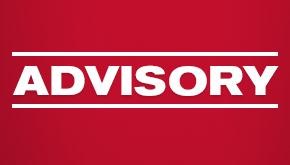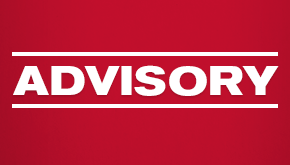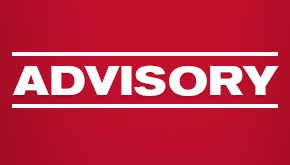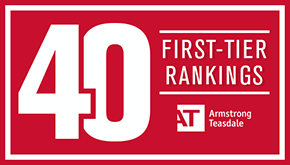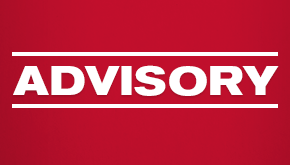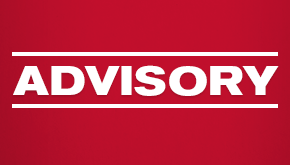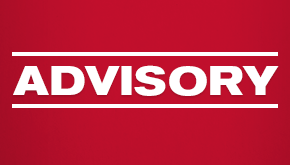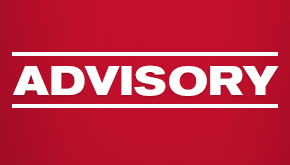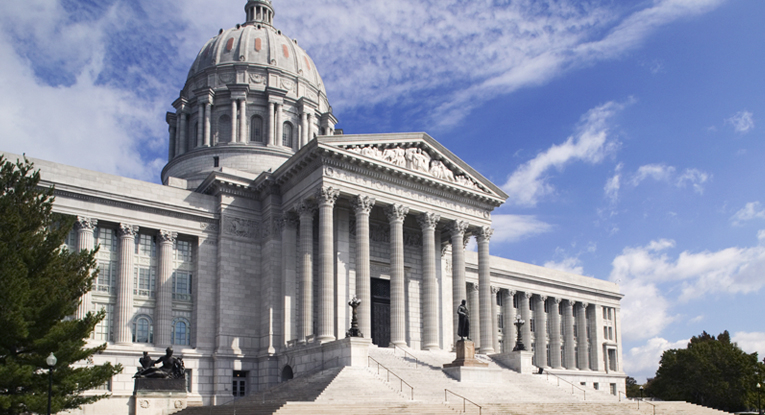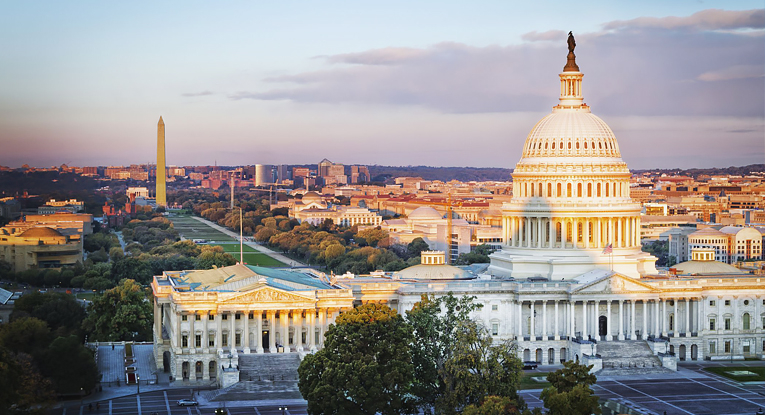Illinois Enacts Mandatory Paid Leave Law for Workers
On March 13, 2023, Illinois Gov. J. B. Pritzker signed into law expansive paid leave entitlements for Illinois employees. The Paid Leave for All Workers Act (PLFAW Act) requires covered employers to establish a leave policy to allow Illinois employees to take paid time away from work for any reason. The law goes into effect Jan. 1, 2024.
Under the new law, covered employers must provide employees a minimum of 40 hours of paid leave each benefit year to be used at the employee’s discretion. All employers (including state and local governments) employing one or more persons are covered by the PLFAW Act, subject to the following exceptions for employees and employers that are not covered by the new law:
- workers who qualify as “employees” under the Railroad Unemployment Insurance Act or the Railway Labor Act;
- student-workers at institutions of higher education who work less than full time on a temporary basis;
- short-term employees who work at institutions of higher education for fewer than two consecutive calendar quarters during a calendar year and who do not have a reasonable expectation that they will be rehired;
- school districts organized under the School Code;
- park districts organized under the Park District Code;
- employees working in the construction industry who are covered by a collective bargaining agreement;
- employees covered by collective bargaining agreements that provide national and international delivery, pickup and transportation of parcels, documents and freight; and
- employers covered by municipal or county ordinances that give any form of paid sick leave or paid leave to employees as of Jan. 1, 2024.
Key provisions of the PLFAW Act include:
- Minimum Paid Leave. Employees who work in Illinois are entitled to a minimum of 40 hours of paid leave during a 12-month period, to be paid at the employee’s hourly rate of pay.
- Paid Leave for Any Reason. Employees may use their paid leave for any reason of their choosing and are not required to provide any documentation in support of the leave. Furthermore, employees may use their paid leave before using any other employer-provided or state-mandated leaves.
- Accrual Rates. Paid leave for employees accrues at a rate of one hour for every 40 hours worked, up to a minimum of 40 hours per year. For purposes of paid leave accruals, exempt employees are deemed to work 40 hours per week. Exempt employees who work fewer than 40 hours per week accrue paid leave in accordance with their regular workweek.
- Use After 90 Days of Employment. Paid leave begins to accrue at the start of employment. Employees may begin to take paid leave after 90 days of employment or March 31, 2024, whichever is later.
- Notice of the Need for Leave. Employees must make an oral or written request to use leave and must follow the employer’s policy concerning notification of intent to use leave. Employers may require that employees provide seven (7) calendar days advanced notice for foreseeable leaves. For unforeseeable leaves, employees must provide notice as soon as practicable. Employers cannot require employees to find a replacement worker to cover the time in which the employee takes paid leave. Employers need not modify existing leave policies if such policies already offer the minimum amount of leave required under the PLFAW Act and allow employees to take leave for any reason.
- Treatment of Paid Leave upon Separation. Employers are not obligated to pay the employee for any accrued but unused paid leave upon the employee’s separation. However, if the employee is rehired within 12 months, the employer must reinstate the employee’s previously accrued but unused paid leave.
- Posting/Notice Requirements. Employers must provide employees with written notice of their Paid Leave Policy as well as post it in a conspicuous place on the premises. Failure to do so will result in a civil penalty of $500 for the first violation, and $1,000 for any subsequent violation.
- No Retaliation. Employers may not take adverse action or threaten adverse action against an employee who (1) exercises or attempts to exercise rights under the PLFAW Act; (2) opposes practices which are in violation of the PLFAW Act; or (3) supports another employee’s exercise of rights under the PLFAW Act. Employers may not consider an employee’s use of paid leave as a “negative factor” in employment actions that include evaluation, promotion, discipline or use of paid leave under a no-fault attendance policy.
Other important aspects of the law include carryover provisions, group health plan coverage for employees and their family during paid leave, and recordkeeping requirements for employers.
There are a number of action items that Illinois employers should consider taking now to prepare for the development and implementation of this new Paid Leave Policy. Start early conversations with key personnel at your company, including your senior leadership team, human resources professionals, frontline supervisors, benefits managers, and payroll and leave administrators to understand the impact of the new law on workforce planning and development.
If you have questions about what the PLFAW Act may mean for your organization, please reach out to your regular Armstrong Teasdale lawyer or any member of our Employment and Labor team.


